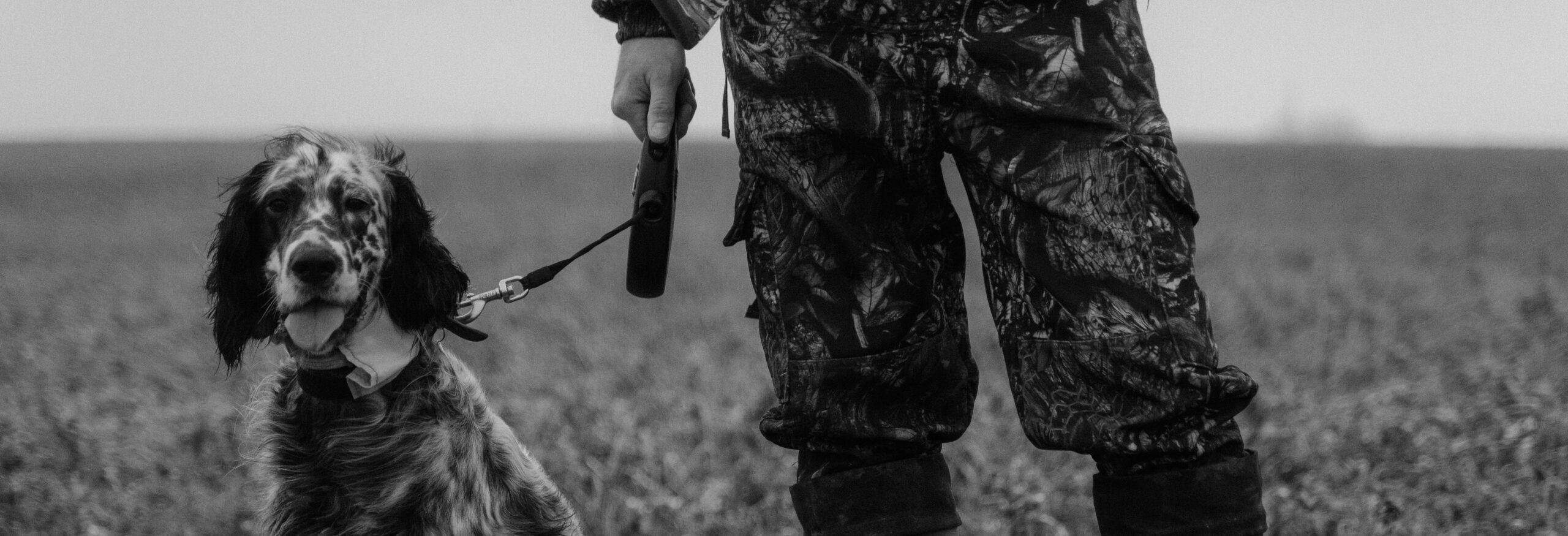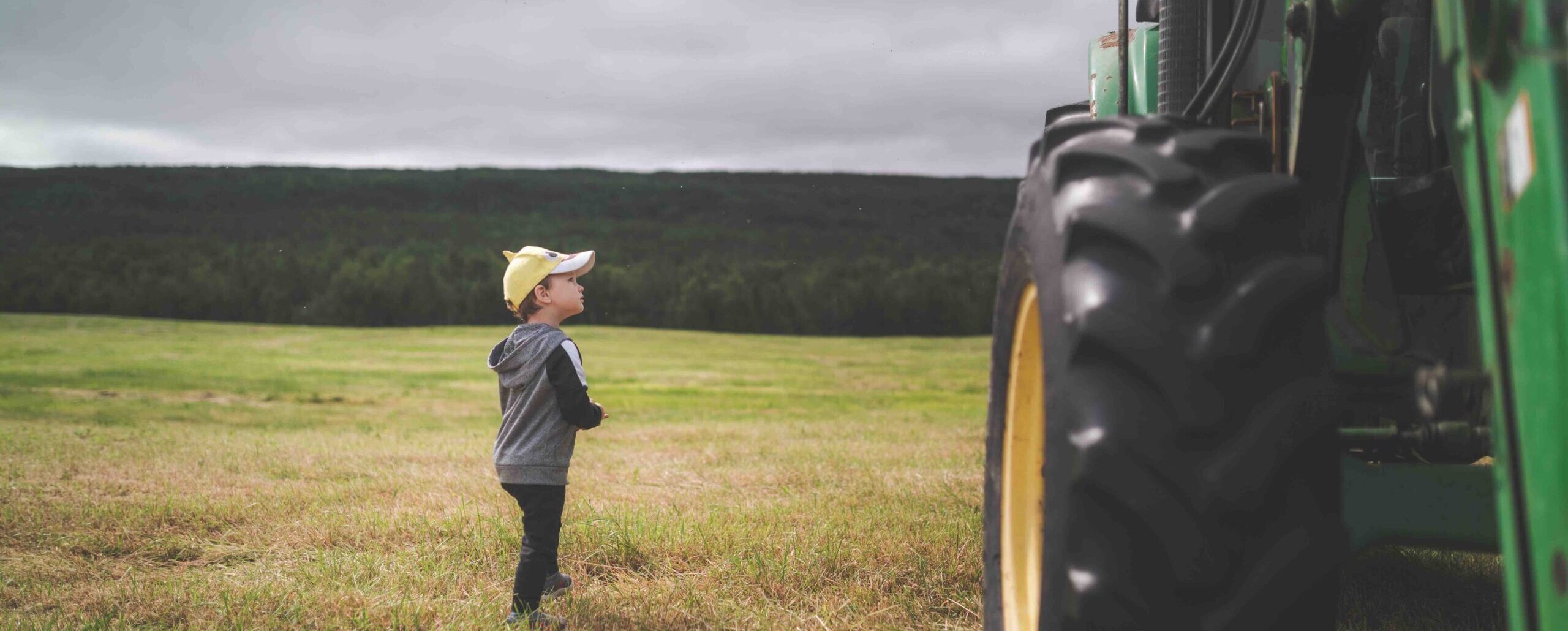A significant change to the Endangered Species Act (“ESA” or the “Act”) was proposed on April 17, 2025 which could significantly change the landscape to which ESA is applied, quite literally. The U.S. Fish and Wildlife Service (“FWS”) and National Oceanic and Atmospheric Administration (“NOAA”) (collectively the “Services”) propose to eliminate the current regulatory definition of “harm” under the Act. The ESA declares it unlawful for any person to “take” an endangered or threatened species. The Act defines a “take” as acts which “harass, harm, pursue, hunt, shoot, wound, kill, trap, capture, or collect, or to attempt to engage in any such conduct.”[i]In 1995, the Services, through the regulatory rulemaking process, defined “harm” to include significant habitat modification or degradation which actually kill or injure protected species by affecting behavior patterns.[ii] This definition has proven problematic for energy producers, agriculturalists, and foresters whose privately owned land may encompass suitable habitat for endangered or threatened species, even though the species itself may not actually be found there.
An extreme example of this came to a head in 2001, when owners of a Louisiana tree farm brought suit against FWS for designating 1,500 acres of the privately owned farm as critical habitat under the ESA because two historical breeding sites of the protected Mississippi gopher frog were located there even though the frog had not been observed there in nearly 40 years. Despite the ESA providing the Services authority to exclude areas from critical habitat designation where the benefits of such exclusion outweigh the designation,[iii]conflict between farmers and ranchers in the southeast and application of the ESA to habitats for protected species such as the whooping crane, eastern indigo snake, gopher tortoise, red wolf, and others has intensified. The Services now propose to rescind the current definition of “harm” under the Act, stating that it is inconsistent with the statutory language, unnecessary, and does not reflect the single best meaning of the statutory text. The Services suggest that the word “harm” in the statute is clear enough without expounding further upon the term as the current regulatory definition does.
Though not yet final, the Services’ proposal to rescind the definition of “harm” is primed for legal challenges. The proposed rule would narrow the scope of the ESA’s reach by removing mention of habitat in consideration of whether one has harmed a protected species. This would have broad implications for energy producers, ranchers, loggers, and developers across the U.S. The proposed rule is open for public comment through May 19, 2025.[iv]
[i] 16 U.S.C. 1532(19) (emphasis added).
[ii] 50 CFR 17.3. This definition was upheld by the U.S. Supreme Court in Babbit v. Sweet Home Chapt. Comms. for Ore. 51 U.S. 687 (1995). relying on the Chevron doctrine of agency deference which has since been overturned. See Loper Bright Enterprises v. Raimondo, 603 U.S. ___ (2024).
[iii] 16 U.S.C. 1533(b)(2).
[iv] https://www.regulations.gov/document/FWS-HQ-ES-2025-0034-0001
Friedel, Jennifer. “Defining Harm. Proposed Changes for the Endangered Species Act.” Southern Ag Today 5(19.5). May 9, 2025. Permalink




